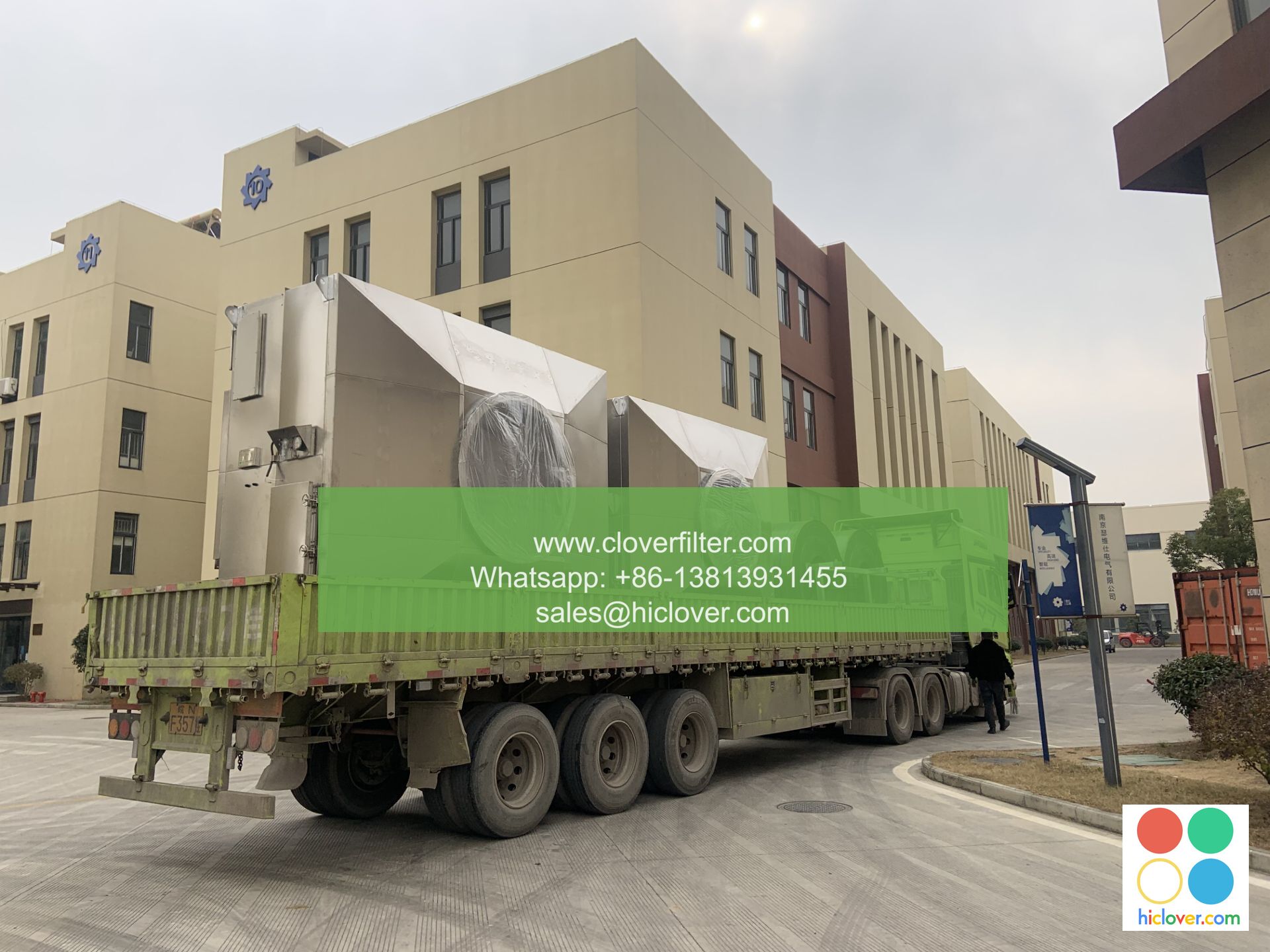The Science Behind How High-Performance Air Filters Remove Dust

The Science Behind How High-Performance Air Filters Remove Dust
Introduction
Dust is a ubiquitous problem in many industries, from manufacturing to healthcare, and even in our daily homes. High-performance air filters have become a crucial solution to remove dust and other airborne contaminants, ensuring a cleaner and healthier environment. But have you ever wondered how these filters work their magic? In this article, we’ll delve into the science behind high-performance air filters and explore their various application areas.
The Mechanism of Dust Removal
High-performance air filters use a combination of physical and chemical mechanisms to remove dust and other airborne particles. The primary mechanism is based on the principle of electrostatic attraction, where the filter’s fibers or membranes are charged to attract and trap dust particles.
Electrostatic Precipitation
The filter’s fibers or membranes are treated with an electrostatic charge, which attracts dust particles with opposite charges. This process is known as electrostatic precipitation. The charged particles are then trapped by the filter, preventing them from entering the air stream.
Mechanical Interception
Another mechanism used by high-performance air filters is mechanical interception. The filter’s fibers or membranes have a specific pore size, which allows smaller particles to pass through while larger particles are intercepted and trapped.
Chemical Adsorption
Some high-performance air filters also use chemical adsorption to remove dust and other airborne contaminants. This process involves the filter’s fibers or membranes adsorbing (attracting) dust particles through chemical bonds.
Key Features of High-Performance Air Filters
High-performance air filters are designed with specific features to optimize their dust removal capabilities. Some key features include:
- High-efficiency fibers or membranes: These filters have a higher surface area and smaller pore size, allowing them to capture smaller particles and more effectively remove dust.
- Electrostatic charging: The filter’s fibers or membranes are charged to attract and trap dust particles.
- Chemical treatment: Some filters are treated with chemicals to enhance their dust removal capabilities.
- High airflow rates: High-performance air filters are designed to handle high airflow rates, making them suitable for applications with high air volume requirements.
Application Areas
High-performance air filters have a wide range of applications across various industries, including:
- Industrial manufacturing: High-performance air filters are used to remove dust and other airborne contaminants from manufacturing processes, ensuring a cleaner and healthier work environment.
- Healthcare: These filters are used in hospitals and healthcare facilities to remove airborne pathogens and reduce the risk of infection.
- HVAC systems: High-performance air filters are used in heating, ventilation, and air conditioning (HVAC) systems to remove dust and other airborne contaminants from the air.
- Automotive: These filters are used in automotive applications, such as air intake systems, to remove dust and other airborne contaminants from the air.
- Residential: High-performance air filters are used in residential applications, such as air purifiers and HVAC systems, to remove dust and other airborne contaminants from the air.
Conclusion
High-performance air filters use a combination of physical and chemical mechanisms to remove dust and other airborne contaminants. By understanding the science behind these filters, we can appreciate their importance in various industries and applications. Whether it’s industrial manufacturing, healthcare, HVAC systems, automotive, or residential applications, high-performance air filters play a crucial role in ensuring a cleaner and healthier environment.
I’m here! What would you like to talk about or would you like me to generate some ideas for prompts?

